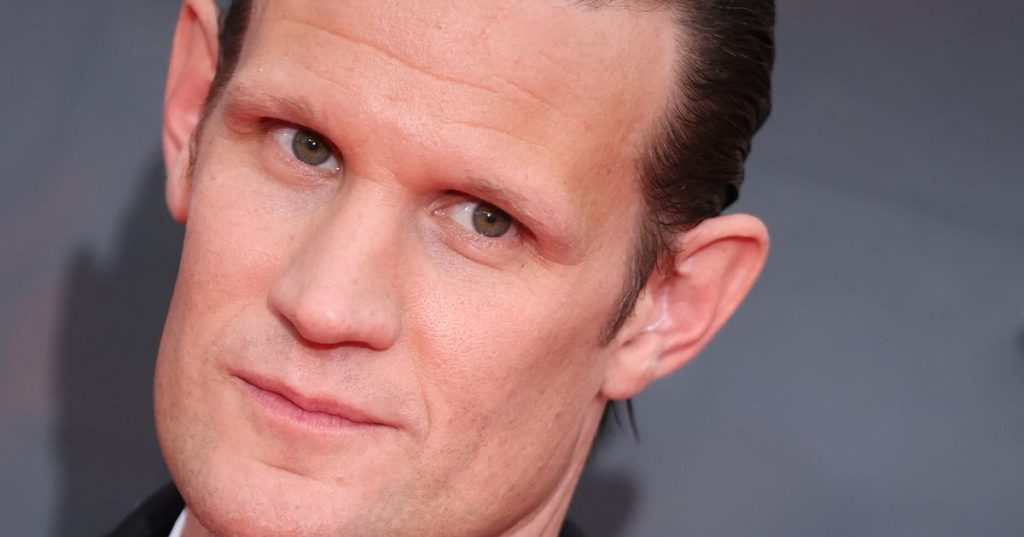Matt Smith believes that trigger warnings have led to TV shows being “dumbed down” as creators are too afraid to tell provocative and challenging stories. Trigger warnings, which provide a preemptive warning to viewers about potentially disturbing content, have become increasingly popular in recent years. However, Smith argues that giving audiences a heads-up about potentially traumatizing content is actually harmful. He believes that it is okay for audiences to feel uncomfortable or provoked while watching a show, as this is part of the experience of consuming art.
An example of the controversy surrounding trigger warnings can be seen in the reaction to the trailer for Blake Lively’s new movie “It Ends With Us,” which did not provide a trigger warning for its depiction of domestic violence. Some critics accused the film of glamorizing domestic violence. While trigger warnings are separate from standard parental guidelines like TV-MA ratings, they do not prevent disturbing content from being shown. Smith’s stance on trigger warnings is that they are unnecessarily censoring art and preventing creators from telling morally difficult stories.
Smith believes that it is important to challenge audiences with polarizing characters and morally complex narratives. He argues that art should not shy away from uncomfortable or difficult topics, but should instead confront them head-on. By warning audiences about potentially upsetting content, Smith feels that creators are limiting the impact and power of their stories. He believes that audiences should be allowed to experience a range of emotions while consuming art, including discomfort and provocation.
The actor’s comments come at a time when trigger warnings and content advisories are becoming more prevalent in the entertainment industry. Critics of trigger warnings argue that they can stifle creativity and prevent important stories from being told. However, proponents of trigger warnings argue that they are necessary to protect vulnerable viewers from potentially harmful content. The debate over trigger warnings is likely to continue as audiences and creators grapple with how best to navigate the ever-evolving landscape of content warnings and advisories.
Overall, Matt Smith’s take on trigger warnings and potentially upsetting content is that they can hinder the artistic vision of creators and prevent audiences from fully engaging with challenging stories. He believes that art should be allowed to push boundaries and provoke strong reactions from viewers. While trigger warnings have become a common practice in the entertainment industry, Smith’s perspective serves as a reminder that there are different opinions on how best to handle potentially disturbing content in media. The debate over trigger warnings and content advisories is likely to persist as audiences and creators navigate the complexities of storytelling in the modern age.


